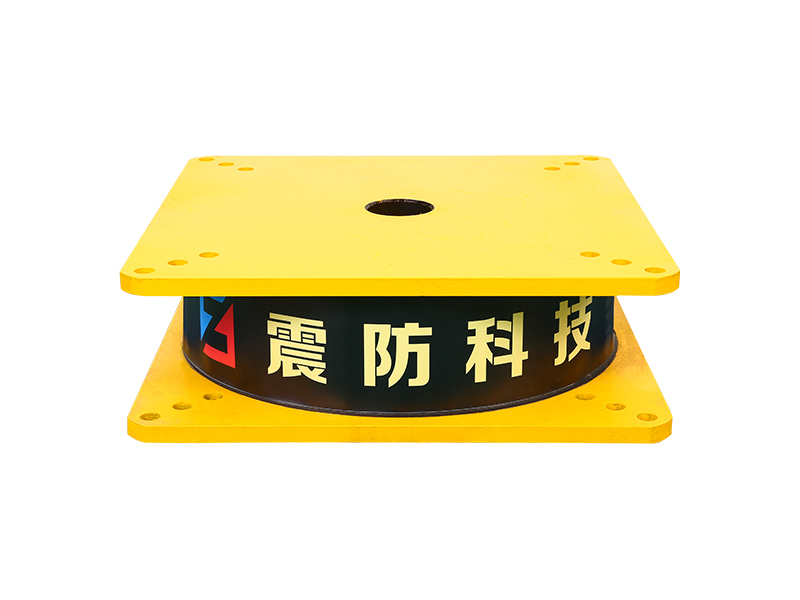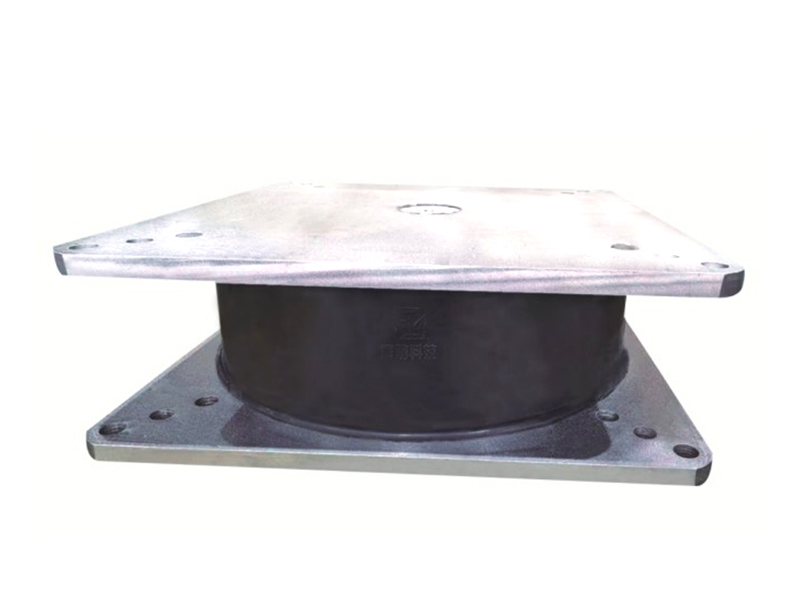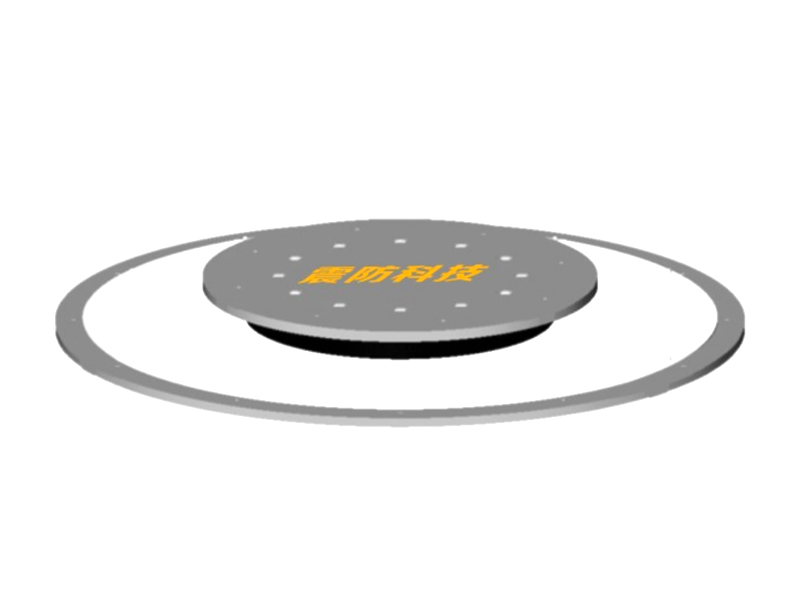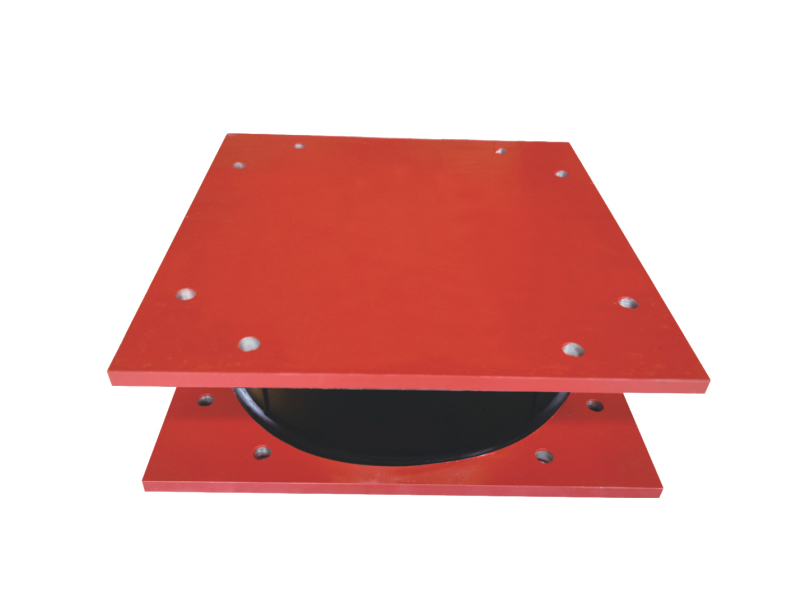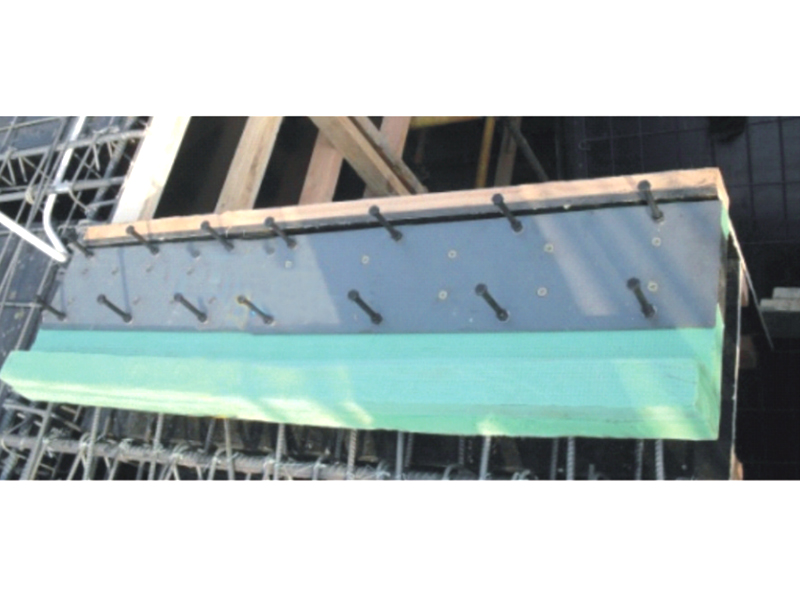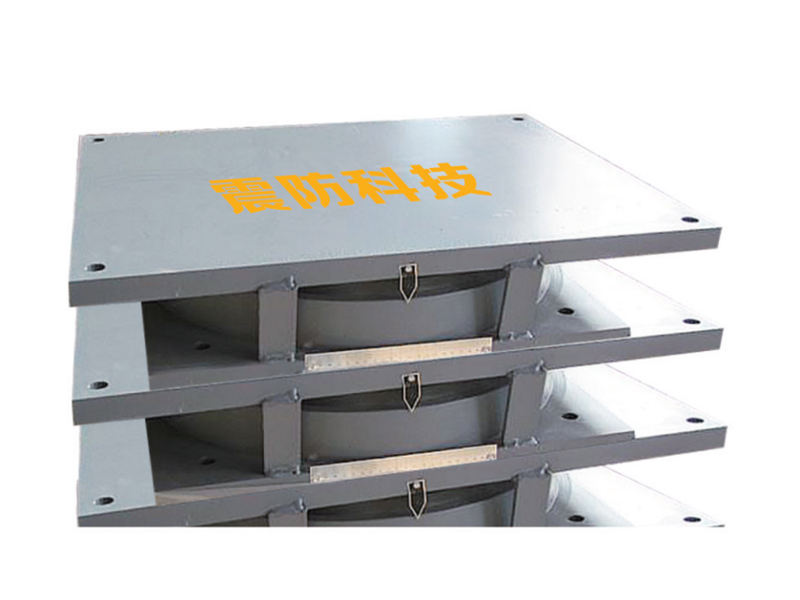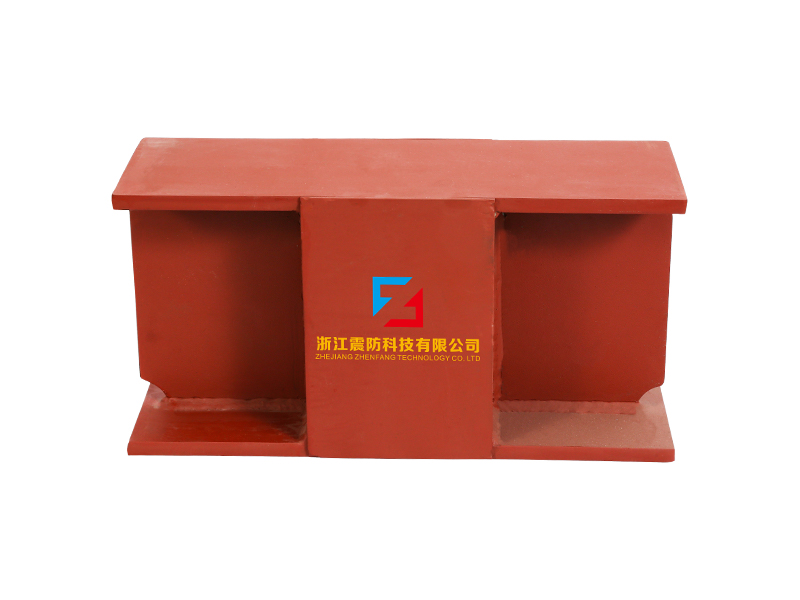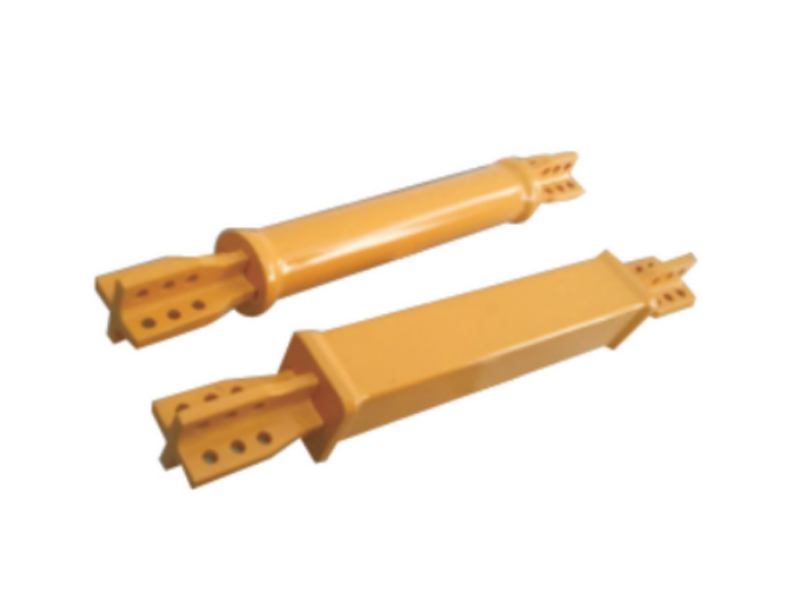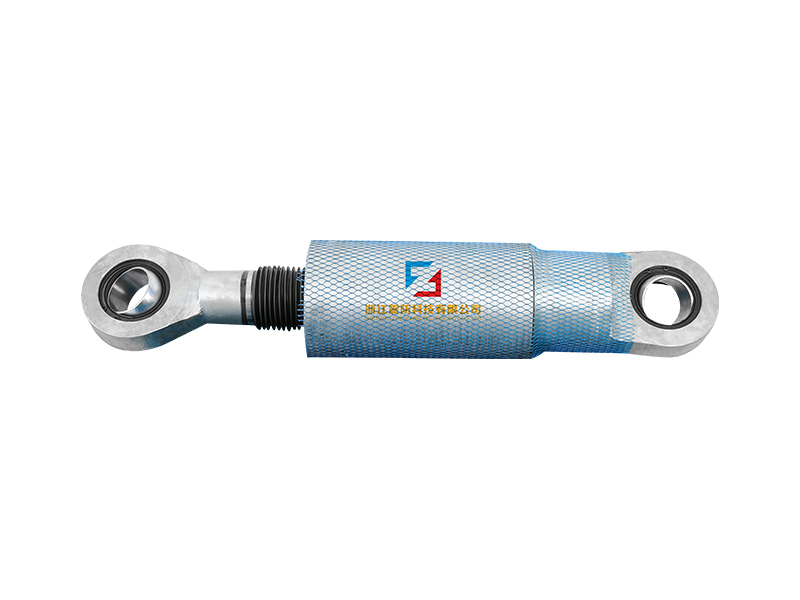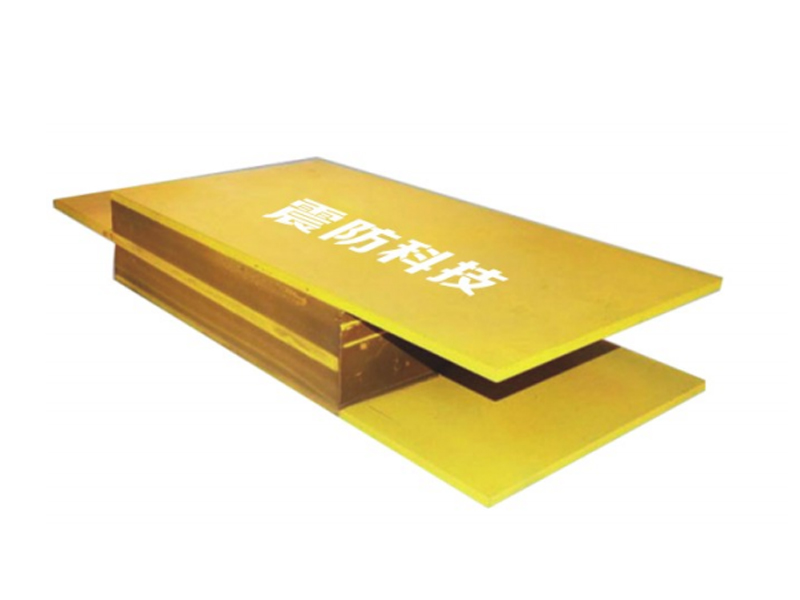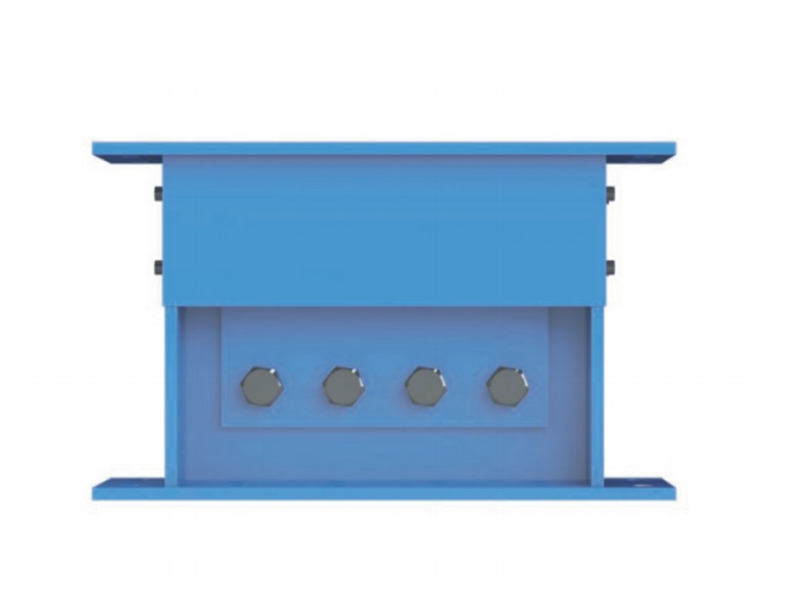In the world of engineering and structural design, a silent revolution is taking place with the emergence of
Linear Rubber Bearings. These innovative components are reshaping the landscape of motion systems, providing a solution that combines efficiency, durability, and a near-silent operation. From bridges to buildings and beyond, the linear rubber bearing technology is revolutionizing the way structures move and respond to external forces.
At the heart of this transformative technology is the concept of linear motion facilitated by rubber bearings. Unlike traditional sliding bearings that may produce friction and noise, linear rubber bearings utilize a combination of rubber and other materials to provide a smooth and virtually silent movement. This breakthrough has far-reaching implications for a variety of engineering applications, offering a more efficient and quieter alternative.
One of the primary advantages of linear rubber bearings lies in their ability to minimize friction during motion. The rubber material acts as a natural dampener, absorbing shocks and vibrations that may occur in dynamic systems. This not only results in a smoother motion but also reduces wear and tear on components, extending the lifespan of the bearing and the overall system.
The near-silent operation of linear rubber bearings is a game-changer in applications where noise reduction is critical. For example, in the construction of bridges and buildings, traditional bearings can produce audible vibrations and creaking sounds, especially in response to external forces such as wind or traffic. Linear rubber bearings significantly mitigate these noise issues, providing a more comfortable and unintrusive experience for residents, commuters, and the environment.
Bridges, in particular, stand to benefit significantly from the implementation of linear rubber bearings. As vehicles traverse a bridge, the dynamic forces exerted on the structure can lead to vibrations and noise. Linear rubber bearings effectively absorb and dissipate these forces, ensuring a smoother and quieter experience for both motorists and nearby residents. Additionally, the reduced wear on the bearing system translates to lower maintenance costs over the lifespan of the bridge.
In seismic-prone regions, linear rubber bearings play a crucial role in enhancing the seismic resilience of structures. These bearings allow a degree of lateral movement, dissipating the energy generated during an earthquake. By absorbing and redirecting this energy, linear rubber bearings contribute to minimizing structural damage and ensuring the safety of occupants. The effectiveness of these bearings in seismic applications has made them an integral component in the design of earthquake-resistant structures.
The versatility of linear rubber bearings extends beyond infrastructure projects. In industrial machinery and automation systems, these bearings offer a quiet and precise linear motion. The absence of noise during operation is especially advantageous in settings where noise pollution is a concern, such as manufacturing facilities and laboratories. This technology contributes to creating a more comfortable and conducive working environment.
The environmental benefits of linear rubber bearings cannot be overlooked. The reduction in noise pollution is not only advantageous for human well-being but also minimizes the impact on local ecosystems. In urban areas, where noise pollution is a pervasive issue, the adoption of these bearings can contribute to creating more sustainable and livable communities.
Linear rubber bearings have also found applications in the transportation sector, particularly in rail systems. The smooth and silent motion provided by these bearings enhances the passenger experience by eliminating the vibrations and noise traditionally associated with train travel. This improvement in comfort can lead to increased ridership and overall satisfaction among commuters.
As engineers and designers continue to explore the potential of linear rubber bearings, the future holds exciting possibilities. The integration of smart technologies and advanced materials into these bearings could further enhance their capabilities and applications. Whether in large-scale infrastructure projects or intricate industrial machinery, the impact of linear rubber bearings is poised to continue shaping the way we engineer motion for years to come.
